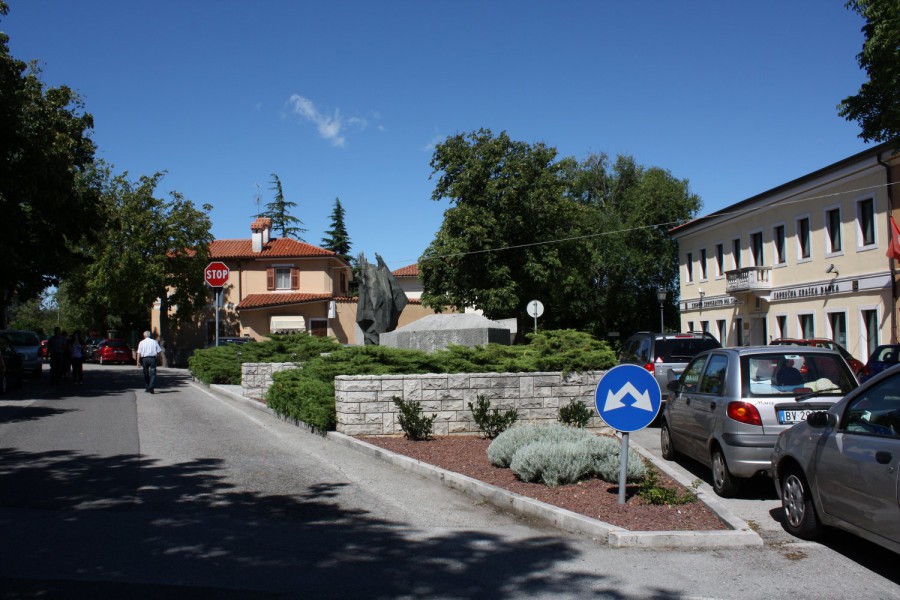Duino Aurisina Village - Virtual Tour 360°

Duino-Aurisina is a town in Friuli-Venezia Giulia, located north of Trieste.
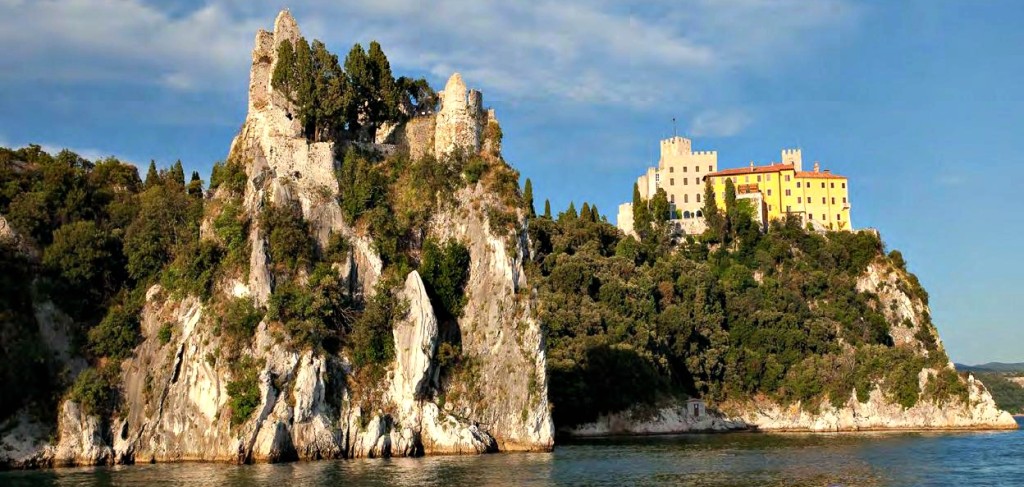
It takes its name from Duino and Aurisina, the two largest of the five municipalities that were suppressed in 1928 (together with Malchina, San Pelagio and Slivia) to form the new body.

The municipal seat is located in Aurisina, precisely in the Cave suburb.

Already inhabited in remote times (findings from the Riparo di Visogliano and the Caverna Pocala) various pre-Roman populations such as Euganei, Veneti and Histri settled in the area. With the foundation of the colony of Aquileia Roman power appeared in the region.

The period of Roman domination was very important as it brought great economic development thanks to the opening of the Aurisina quarry (still called Cava Romana), the use of the marinas on the coast and the spread of viticulture. The appreciated Aurisina stone was used to build Aquileia and the most important Roman monuments of Ravenna. The mouths of the Timavo river marked the boundary between the Aquileia countryside and the Tergestino one, with the current municipal territory therefore falling within the latter.
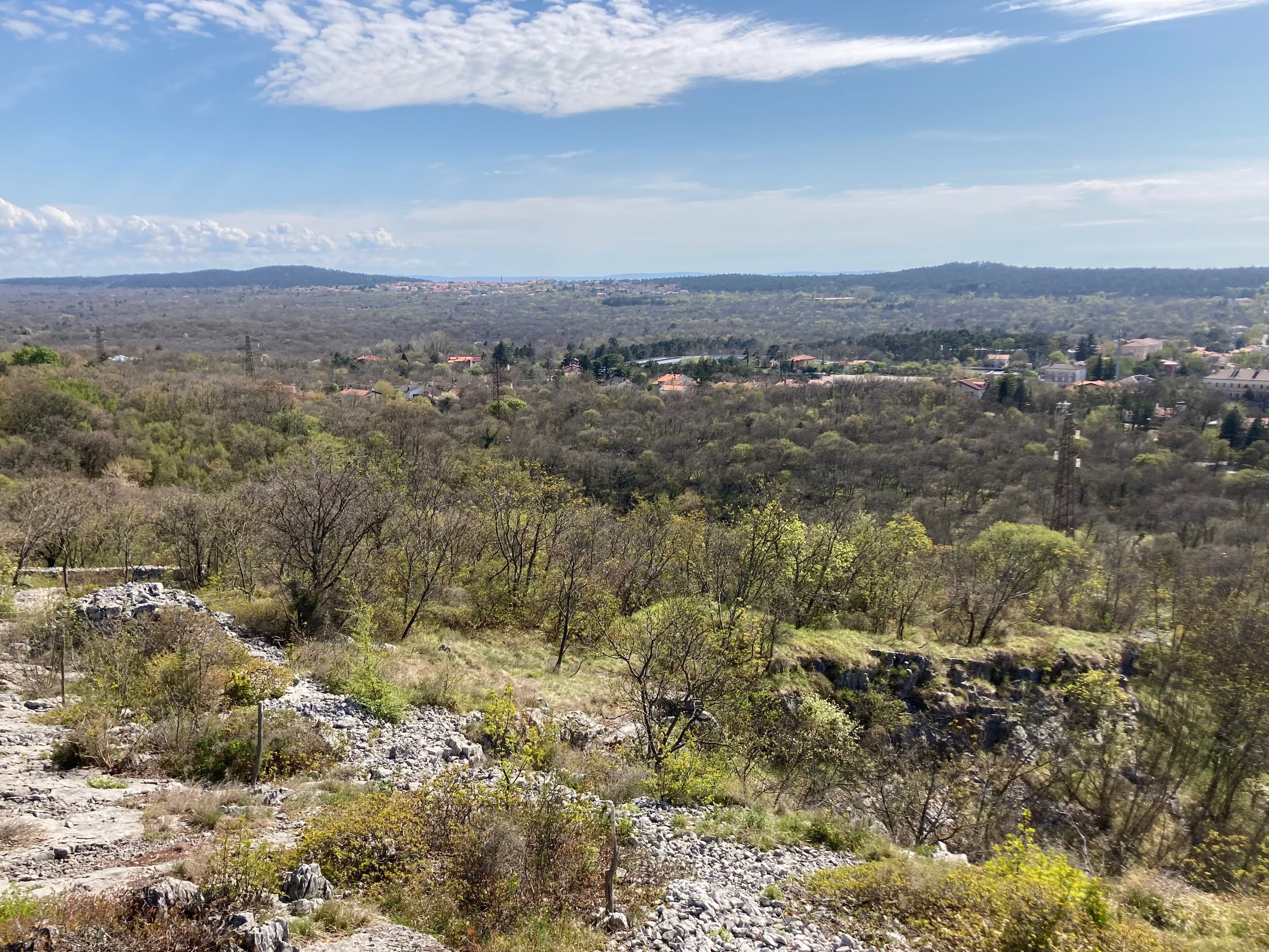
The impact of the barbarian invasions was very strong given the proximity to the Julian Alps and the Karst (not yet Julian Alps, but Dinaric Alps), which given their modest height represented an ideal gateway for the descent of the barbarians towards Italy.
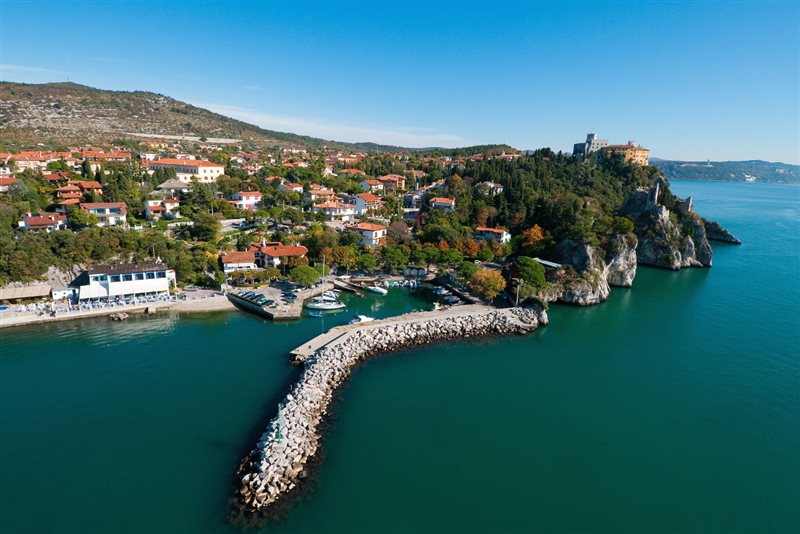
The history of the town is closely linked with the historical events followed by the abbey of San Giovanni al Timavo or Tuba and the Duino Castle. The Duinese lordship dates back, at least, to 1211 (it is mentioned in the documents relating to the Peace of Timavo). First vassals of the patriarch of Aquileia then of the Margrave of Istria and finally captains of the counts of Gorizia. In 1366 they declared themselves loyal to the Habsburgs. The Duinati family died out in 1395, replaced in command by the Walsee. In 1587 the lordship passed to the Milanese Della Torre di Valsassina.
In 1850 Duino was the seat of a large municipality that also included localities now located outside today's borders such as Jamiamo and Brestovizza. It was placed under the jurisdiction of the Sesana district. In 1853, also following requests from the Duinese themselves who considered Sesana too far away, there was a change in the administrative boundaries. Under the municipality of Duino only San Giovanni, Medeazza and Jamiano remained; the municipality was included in the district of Gradisca and, from a judicial point of view, depended on the district court of Monfalcone.
In addition, those that were previously only census municipalities such as Aurisina, Slivia, Malchina and San Pelagio were elevated to the rank of administrative municipalities. These other municipalities continued to be subjected to the jurisdiction of the district of Sesana and the court of Comeno.

In the second half of the nineteenth century (1857) the railway connecting Vienna with Trieste was created and managed by the Society for the Southern Railway. This work revolutionized the socio-economic fabric of the municipal area.

Aurisina became a railway junction of primary importance for traffic between Italy and central Europe and the ancient marble quarries were reactivated on the occasion of the construction of the railway line. This revived the economic activity hitherto linked to a poor subsistence agriculture, so much so that the municipal territory was a land of immigration for many workers from both the Karst and Friuli.
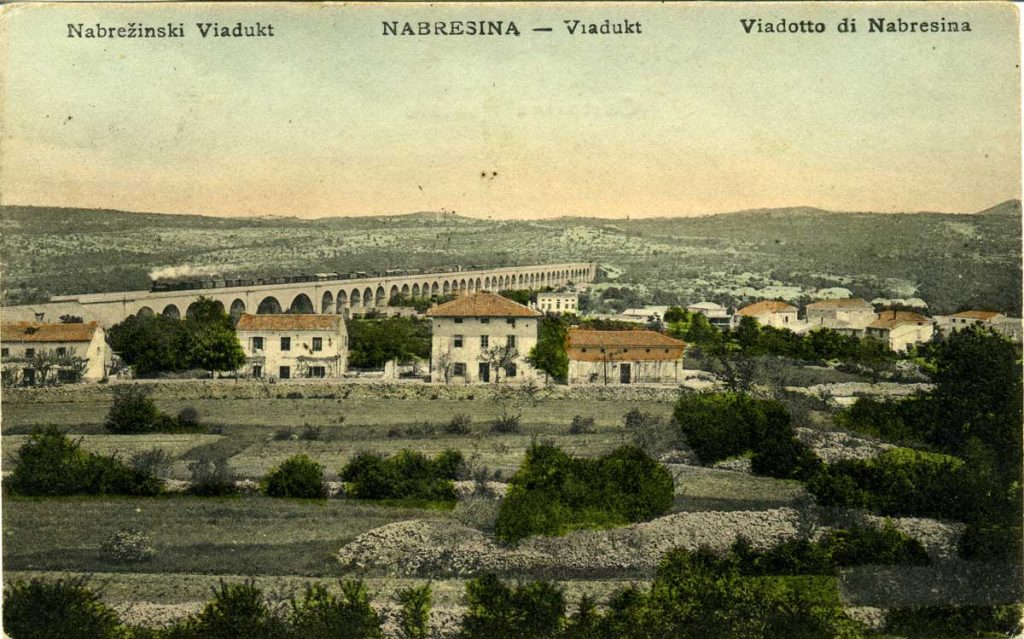
In 1906 the well-known Austrian physicist Ludwig Boltzmann committed suicide in Duino.

During the First World War the municipal area was the scene of heavy fighting (Battles of the Isonzo) between the Italian and Austro-Hungarian troops, especially in the area of ??Mount Ermada.
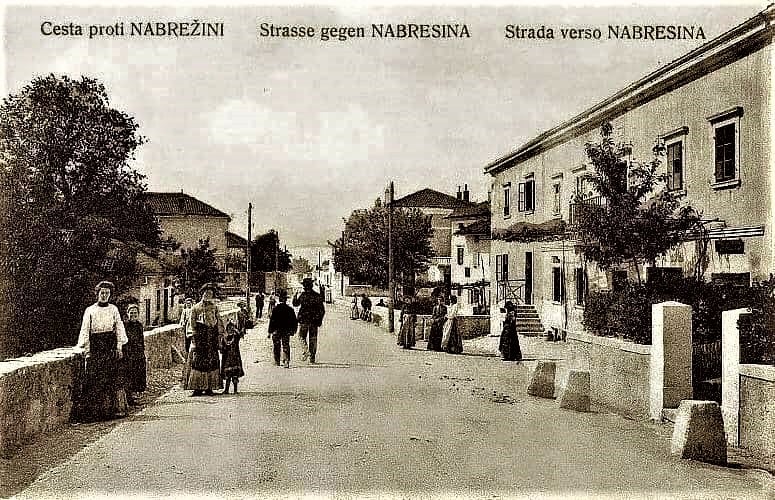
At the end of the war the territory passed to the Kingdom of Italy and in 1923 it was included in the province of Trieste.
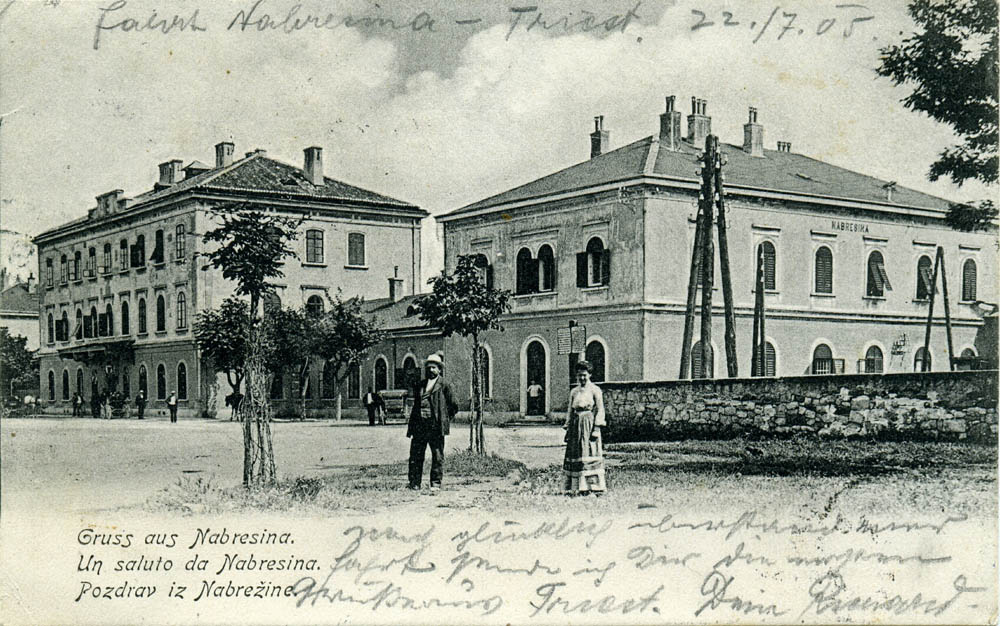
As anticipated, the municipality of Duino-Aurisina was established in 1928 with the merger of five pre-existing municipalities.
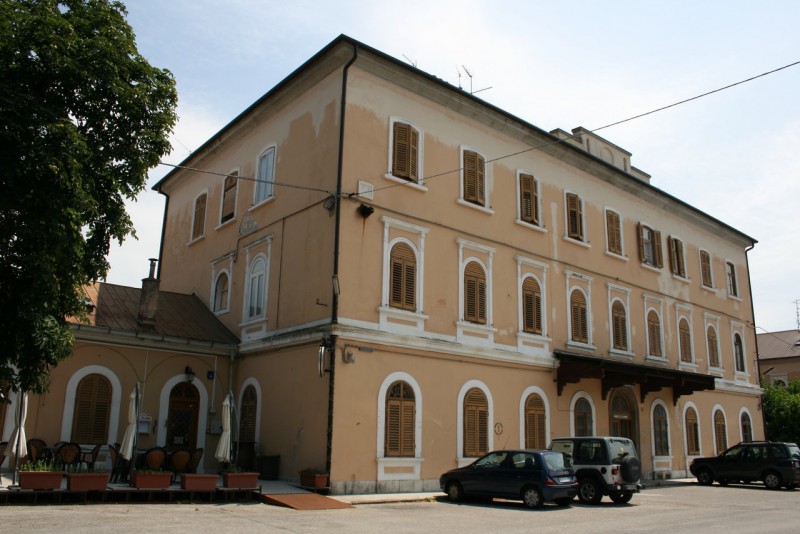
During the Second World War, between September 1943 and the spring of 1945 the municipality was part of the Adriatic coast directly controlled by Germany. In May 1945, the Yugoslav and New Zealand armies arrived there.
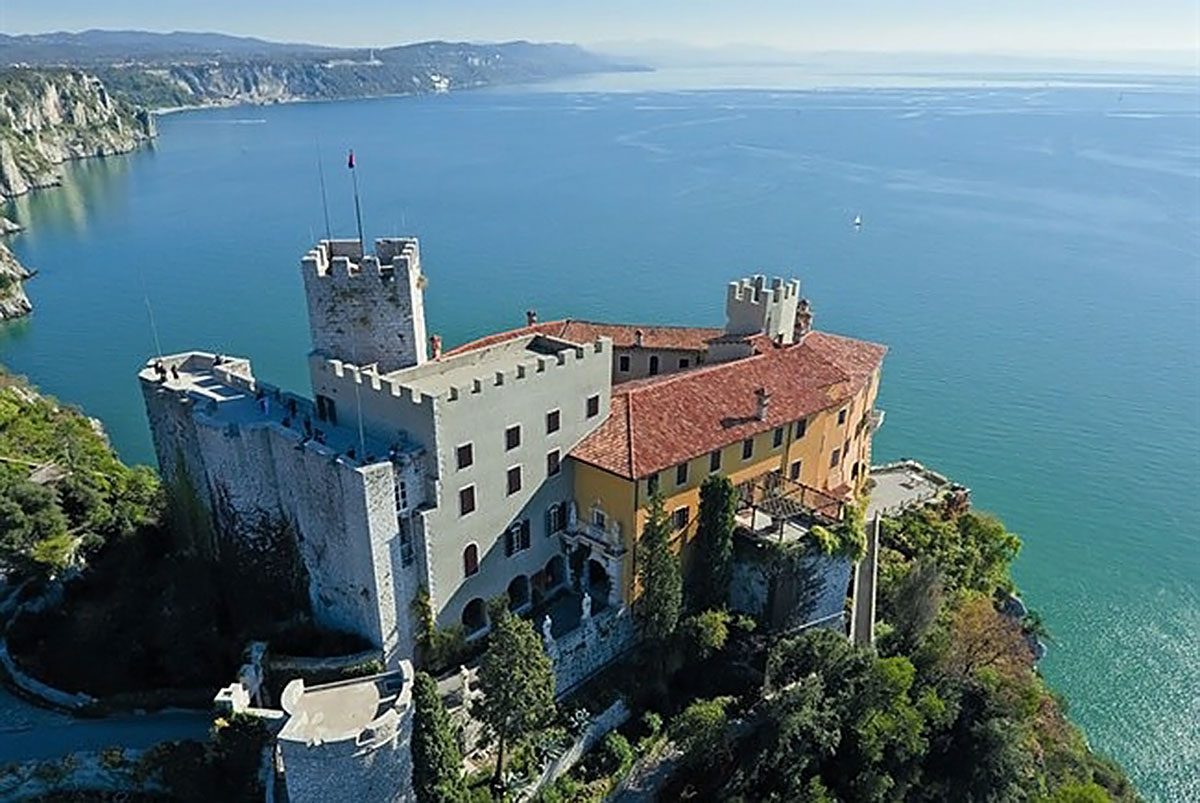
The presence of Yugoslav troops on the territory lasted for just over a month. From 1947 to 1954 it was part of zone A of the Free Territory of Trieste, and was re-aggregated to the Italian Republic on 26 October 1954.

Although part of the province of Trieste, the territory of the municipality is entirely under the ecclesiastical jurisdiction of the archdiocese of Gorizia.
Video: Duino Aurisina Village - Virtual Tour 360°
Map: Duino Aurisina Village - Virtual Tour 360°
Address: Frazione Duino, 34011
Duino (TS) Friuli Venezia Giulia
Latitude: 45.7732102
Longitude: 13.6044361
Site: http://www.marecarso.it/sentie...
vCard created by: Marco Cadelli
Currently owned by: Marco Cadelli
Type: City
Function: Historic village
Creation date: 06-03-2022 07:05
Last update: 02/05/2022
